In this post, we will talk about Architecting for User Experience and Journey Mapping in Salesforce. Journey Mapping and Business Process Mapping can be used to understand the data flow and the users’ actions. This will help you define a holistic end-to-end solution, connect the dots, and address the gaps. This will inform of what objects are necessary to hold data.
- Illustrates object relationships
Any record ownership changes will be apparent. Conversions will become obvious (eg, Leads->Opportunities). Where the high–touchpoint objects are, what will possibly be LDV and Integration touchpoints will be apparent. All systems involved will be transparent.
User Experience and Journey Mapping
As you solution, think about trying to answer three questions as you go through the business process.
- Who are the Actors/persons involved in the process?
- What are the users doing?
- Why are they doing it?
- How/where are they doing it?
- What systems/integrations are involved?
- Explain the data flow/pattern.
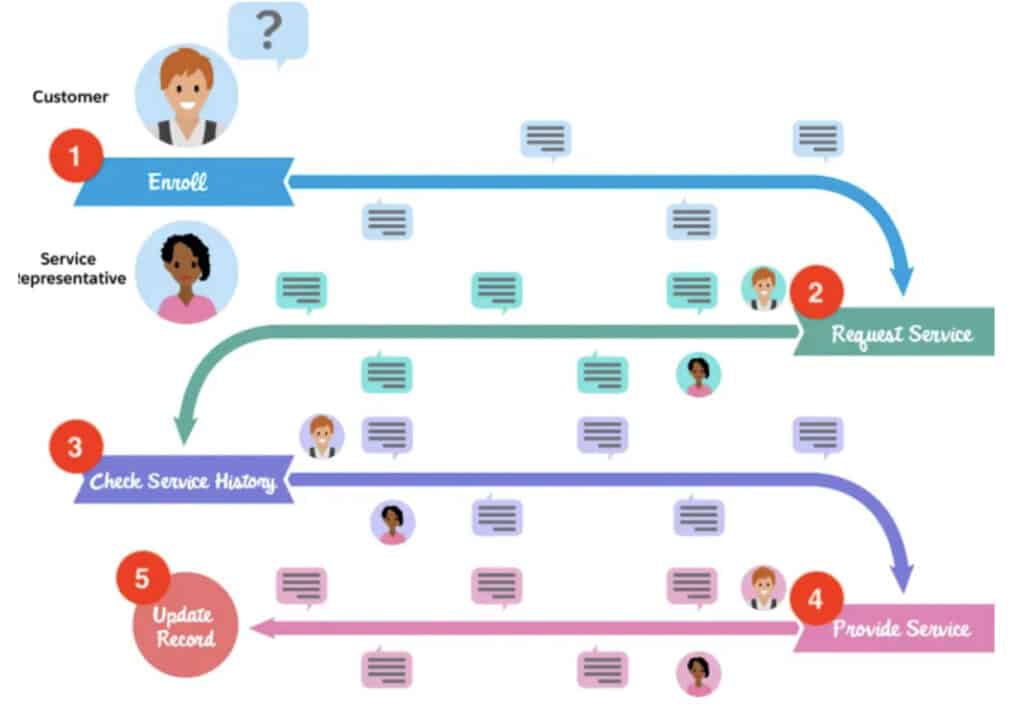
Process Mapping
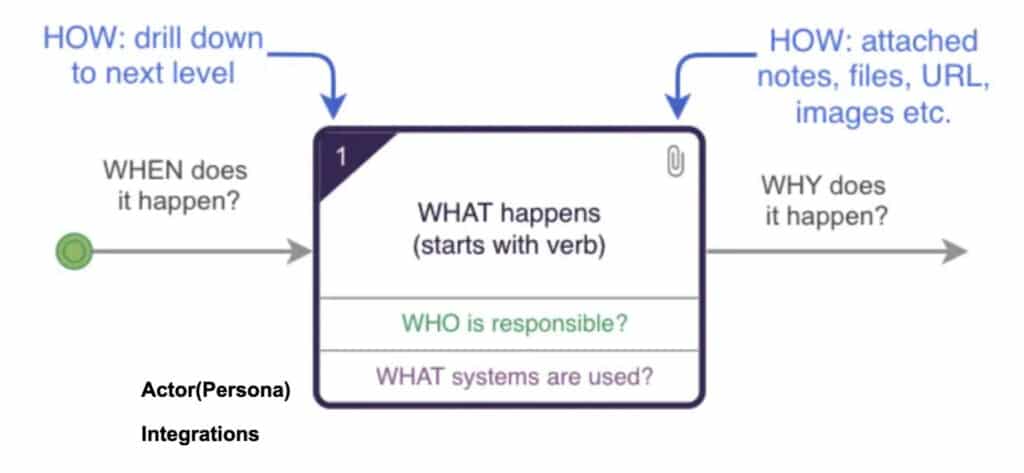
Check out our recording for more details about process mapping in Salesforce with examples. In the below Example we explain about ATM use case.
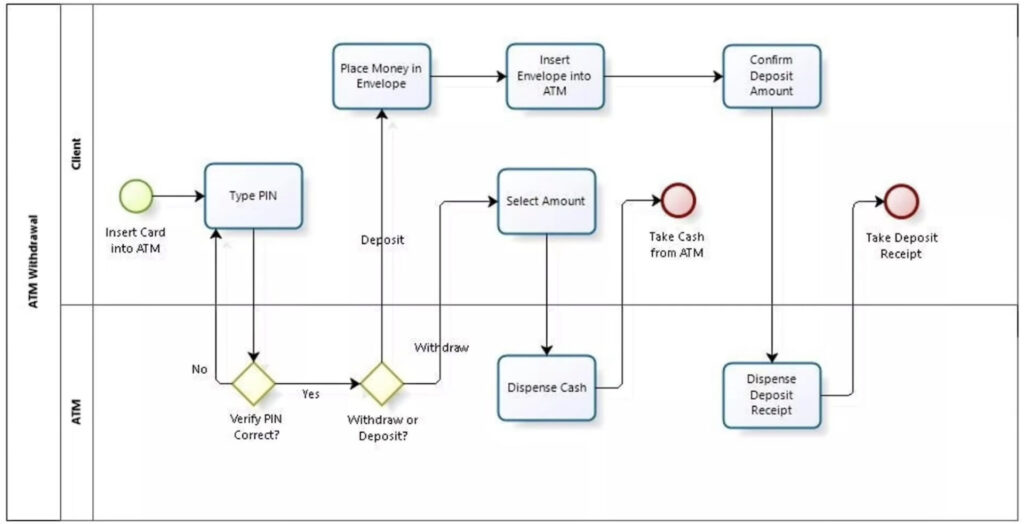
Example Requirement
Requirement: Design consultants use the specialty plant application to search for specific types of specialty plants and reserve them for green roof projects.
Typical solution: A Canvas app will be used to meet this requirement
User-centric solution: The Design Consultant will use a Canvas app on the Project page to find and reserve specialty plants and add them to the customer’s Project. Once they select the plants and add them, they will be stored as Line Items on the Order record used for Projects.
Recording
Summary
As you practice the User Experience and Journey Mapping in Salesforce, you train your mind to see requirements from the User’s perspective. This is what helps you “tell the story.” It will ensure that your solutions are holistic and make sense. Eventually, you will think and talk this way and won’t have to keep doing it – it becomes “automatic” as you build the muscle memory.

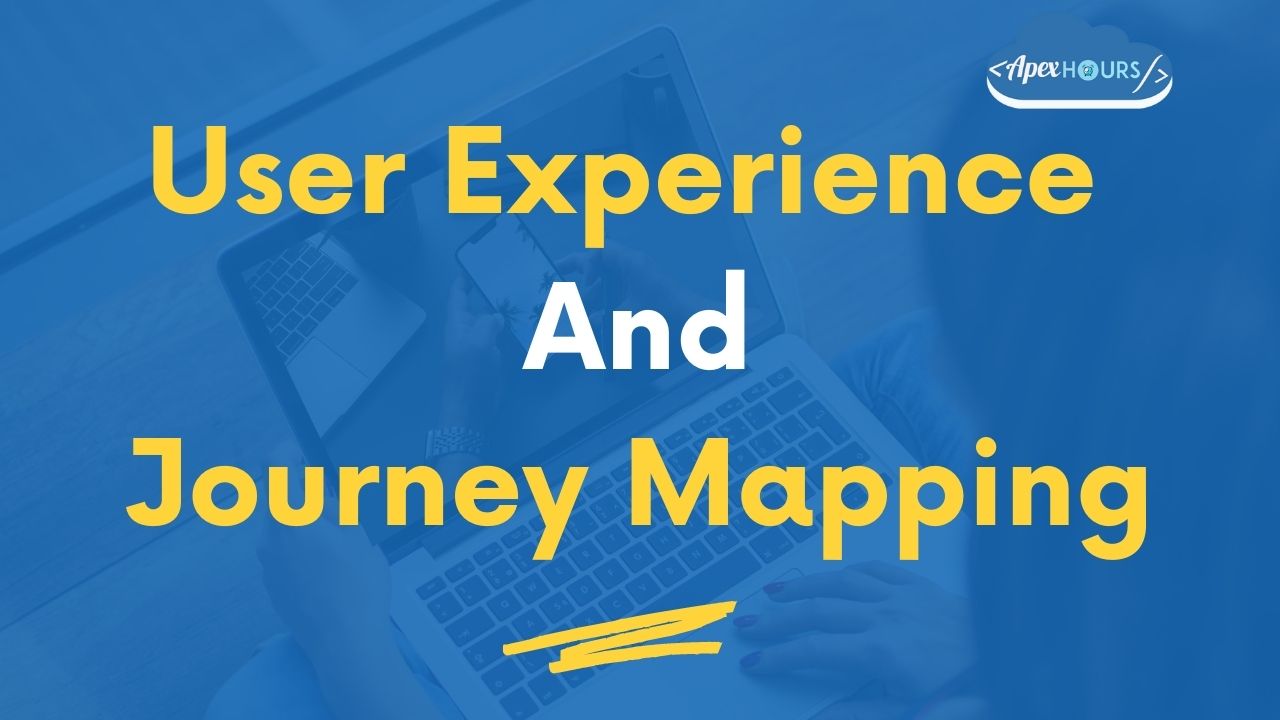

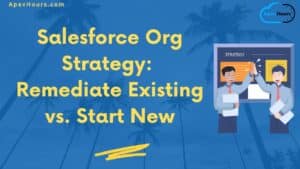
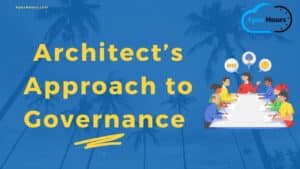

Thanks for insightful session..